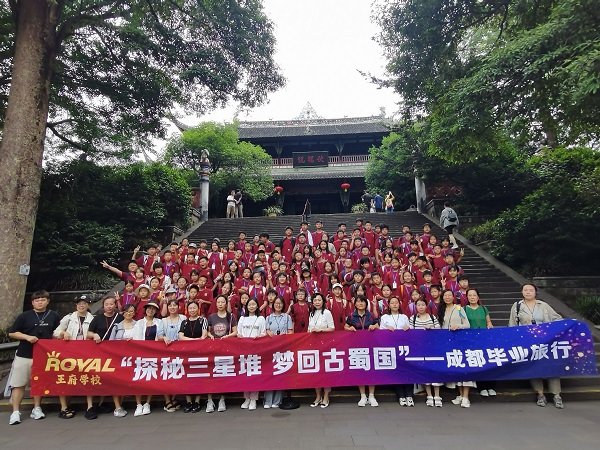search for a Trip
-
The Taer Monastery, a prominent monastery in China's northwestern province of Qinghai, held its annual exhibition of butter sculptures on Thursday, the grandest of its kind in the country.
The event was in celebration of the Chinese Lantern Festival.
In reverence of the exquisite sculptures depicting Buddha, Buddhist legends and Tibetan history, about 150,000 Buddhists and local and foreign tourists visited the ancient monastery, said Gyaltsen Wangden, deputy head of the monastery's administrative committee.
The hand-made yak butter sculptures, which weigh thousands of kilograms, were hung 20 meters above the ground on wooden supports, with butter-oil lamps and offerings laid in front of them. Trapped in the huge crowd in the cramped path, many visitors failed to scrutinize, or even approach the fine works, even though some had waited hours in the monastery before the exhibition opened at around 6 pm.
"This is a grand event for the Tibetan people. We trekked two days just to get a glimpse of the holy butter sculptures," said Daxijia, a 50-something Tibetan man from Qinghai's Golog Tibetan Autonomous Prefecture, which is more than 500 km from the monastery in Huangzhong County located in the provincial capital of Xining.
Yanba Gyaincog, a senior sculptor in the monastery, said that more than 40 monks worked for 70 days in the biting cold to complete all seven sculptures. The artworks could be preserved for up to a year in air-conditioned rooms.
"Although yak butter was soft and easily manipulated, it would melt when heated, even by body temperature," he said. "We had to put our hands into chilly water from time to time to keep them cold."
In 2006, the State Council listed butter sculpture as a national intangible cultural heritage. The Taer Monastery was built in 1379 in memory of Tzongkaba (1357-1419), the founder of the Gelug Sect of Tibetan Buddhism. The butter sculpture, barbola and mural painting, all of which are unique Tibetan artworks, are the three artistic treasures of the Taer Monastery.
- February 20th, 2011
More Attractions






